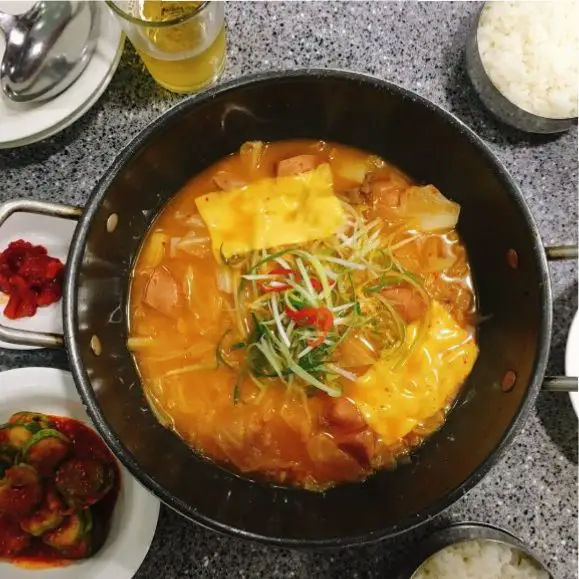
One dish which I’ve seen in the UK but waited to try in Seoul is Budae Jigae (pictured below) This spicy stew isn’t wholly Korean, in fact, it is a hybrid of American and Korean flavours and has a really interesting backstory which I will write about soon. Did you also know that Korean Fried Chicken is actually not a traditional Korean dish? In fact, to try and stop the spread of this modern fast food, traditional Korean chefs came up with their own version of fried chicken, alas, its popularity grew and it’s now a staple all over the country.
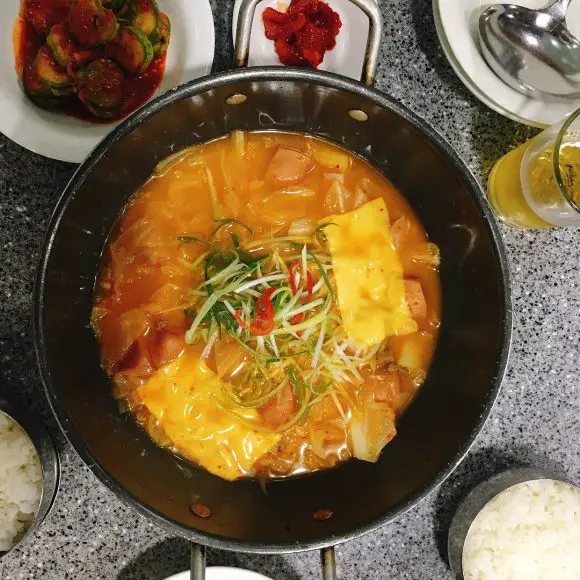
All of this got me thinking about the migration of traditional dishes around the world. And hey presto, here they are on a nifty map produced by travel experts Explore (warning you could lose hours on their site!).
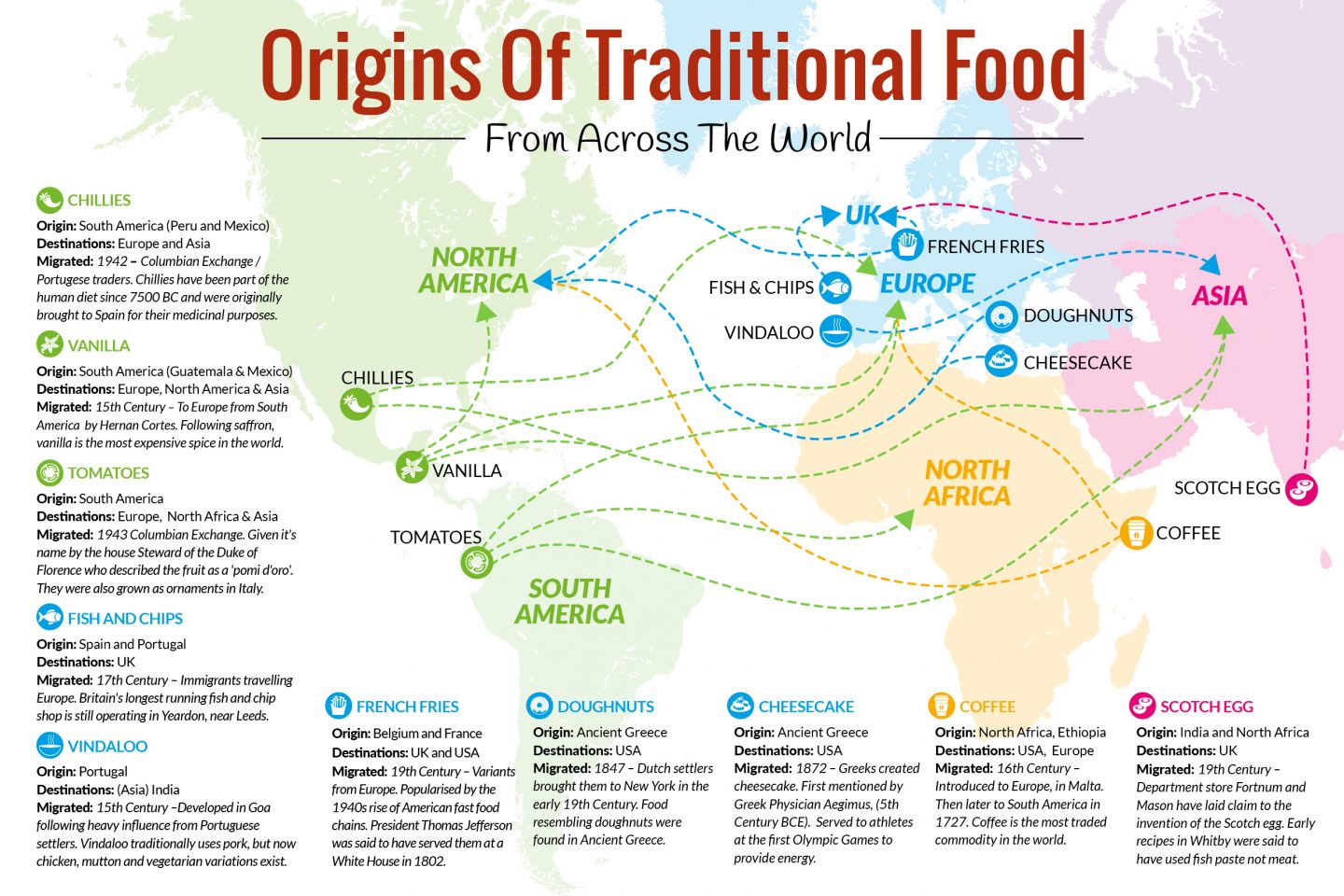
Tracing food origins can lead to some surprising facts!
Here are a few you might not know about some of our favourite dishes:
- The humble Scotch egg can be traced back to India and North Africa. Its modern revival can be attributed to Fortnum and Mason when they started selling them in 1738.
- Fish and Chips have been traced back to Spain and Portugal before arriving on British shores around the 17th Century
- Food resembling doughnuts were served in Ancient Greece. They were brought in their current form to New York by Dutch settlers
- Vindaloo was brought to Goa, India by the Portuguese in the Fifteenth Century
Do you have any interesting facts on food origins? I’d love to hear – share them in the comments below!

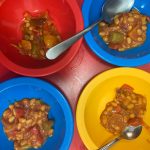
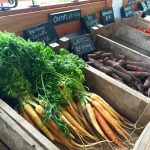
It’s so interesting
I like the way of your writing
I think It can be helpful for developing my reading ability
Thankyou
Thanks, Maxim, glad you enjoyed it – lots of Seoul blog posts coming up with you (our galbi queen) featured! 🙂